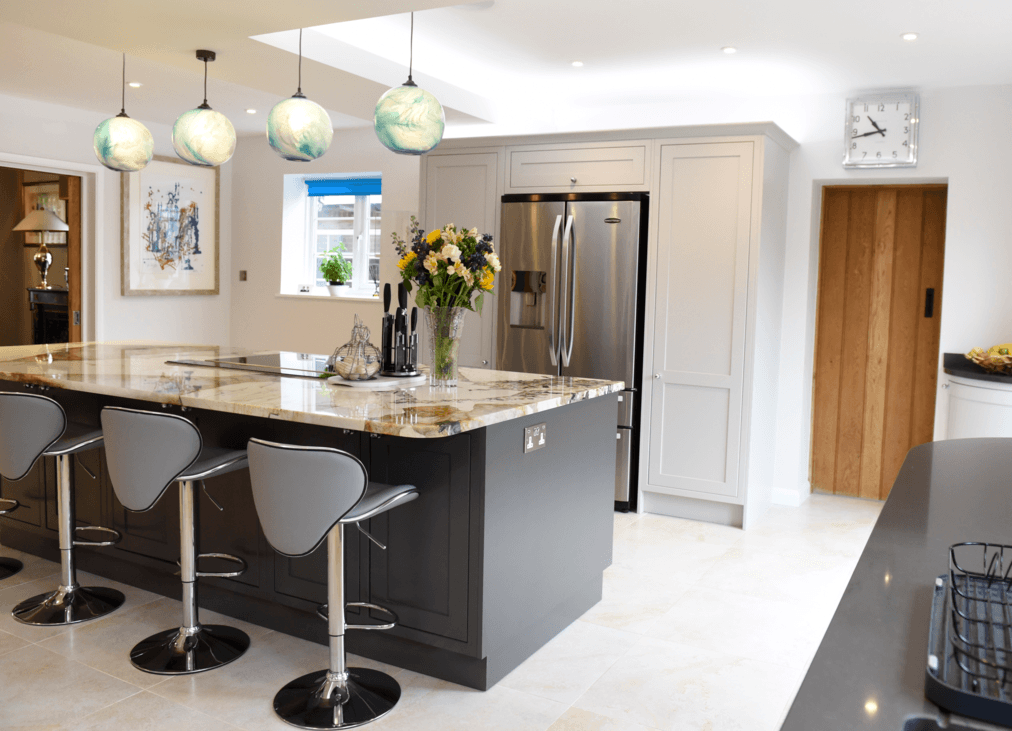Kitchen Planning
Choosing a kitchen worktop
31.07.2017


With so many available options on the market, choosing a kitchen worktop can feel like a bit of a minefield. An important part of the kitchen design that can ultimately determine the final look, it is crucial that you get this decision right. The overall look will of course be a primary consideration but there are also numerous practicalities to reflect on, as well as budget restrictions.
Firstly, you’ll need to think about your capacity for maintenance and whether a high maintenance worktop may be unsuitable. Other practicalities to consider are heat resistance, hygiene concerns and susceptibility to scratches and stains. Whether or not you have children could also have a bearing on which worktop you choose; for example, glass is often considered inappropriate for children.
In this post we discuss the different types of worktop available and the associated pros and cons of each.
Composite worktops are man-made from a combination of natural stones and resins. They can be made into bespoke shapes and can be used anywhere, including next to hobs and around the sink. Composite materials offer an impressive array of practicality benefits.
Stone worktops include the likes of granite, marble, limestone, sandstone and basalt. All must be treated with a sealant and units must be strong enough to withstand the weight of these heavy materials. The properties of each type of stone vary but they generally all have similar pros and cons.
If a spot of regular maintenance doesn’t put you off then a wooden worktop could be the option for you. It looks wonderful and can suit a range of kitchen styles but works particularly well for a more classic, traditional look.
The pros and cons of laminate worktops are heavily dependent on the quality of the laminate. There are a range of price points and you really do get what you pay for so be sure to do your research. Laminate is a versatile material and one of the more popular options on the market, largely due to affordability.
Glass is a popular option for contemporary kitchens and is often used for stylish breakfast bars. It is best avoided in family homes where there are children due to susceptibility to fingerprints and other similar marks.
Mostly used in commercial kitchens, stainless steel is nevertheless becoming more popular in the home with the trend for industrial chic. It has various practicality benefits but can be difficult to incorporate into a domestic environment without looking too clinical.
We understand that choosing a kitchen worktop can be challenging. Our friendly team of award-winning designers are here to guide you to the best decision for your own personal needs and requirements. For more information on the kitchens we have on offer, request a brochure by clicking on the button in the top right hand corner. If you’d like to do further research before you come and see us, have a browse of the PWS worktops.